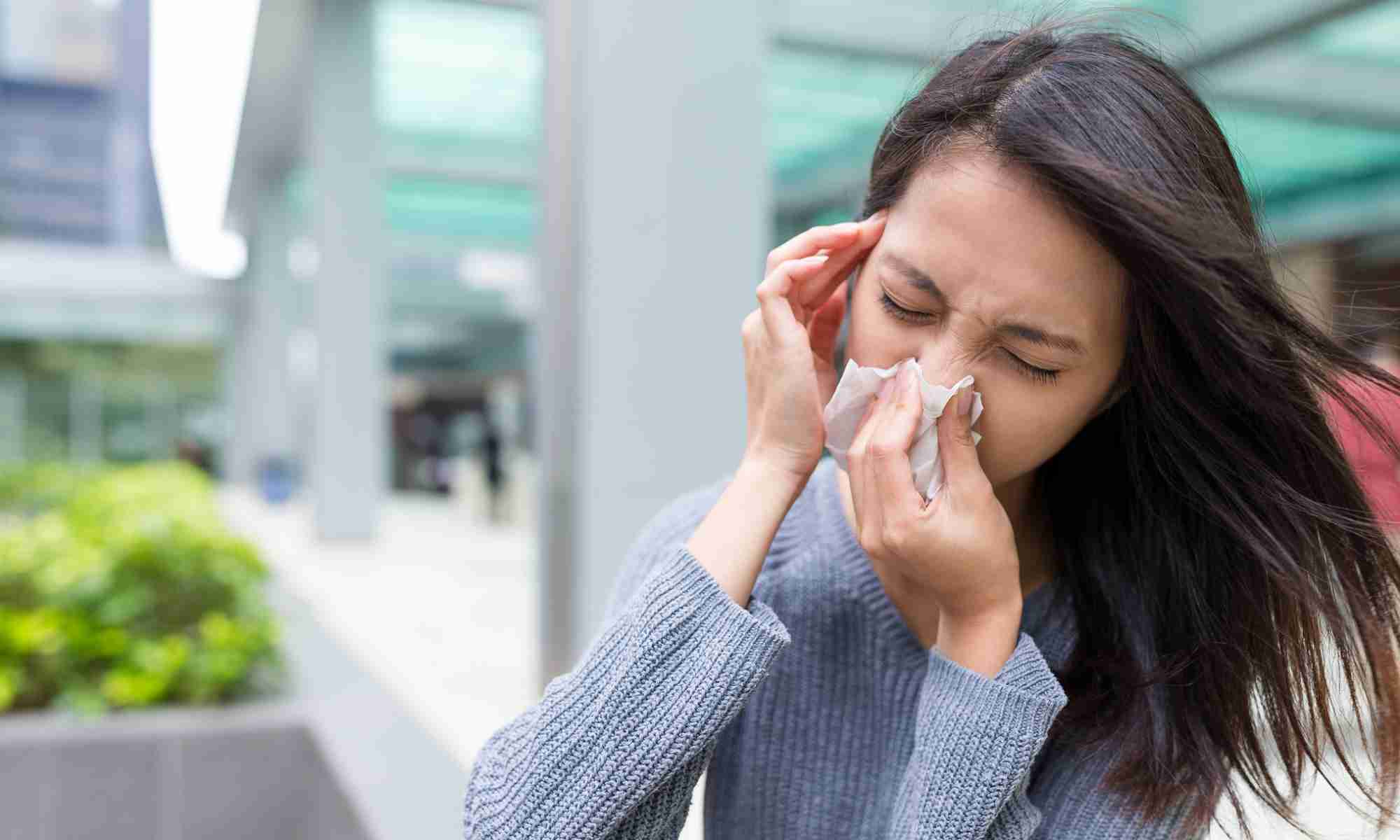Different Forms of Allergies | Symptoms | Food, Skin & Respiratory

The WHO estimates that 50% of the world’s population will be affected by allergies of all forms by 2050. The signs and symptoms of an allergic reaction are numerous. They can range from a simple runny nose to life-threatening anaphylactic shock. How to recognize them? What are these symptoms of food, skin, and respiratory allergies, and how to react?
Changes in our environment and our lifestyles have a significant impact on allergic diseases. Allergies are also rising, and our increasingly sanitized way of life is also one of the factors in the development of allergic diseases. As a result, our body no longer knows how to distinguish between what is allergenic and what is not. “Result: more and more allergies to both food and skin or respiratory.
Food Allergy Symptoms
Food allergy manifests by an immediate reaction or within 1 to 2 hours after ingesting the food in question. It can be very serious or even fatal.
Also Read: Work Stress Causes
Regarding the symptoms, they can be moderate or very alarming, with a vital risk:
- Urticaria ;
- Edema of the face;
- Oropharyngeal pruritus;
- Difficulty breathing ;
- Abdominal pain, diarrhea;
- Loss of consciousness ;
- Cardiac arrest, in extreme cases.
In case of a suspected allergy to certain foods, it is necessary to consult an allergist.
Many of these foods, in fact, cause non-allergic hypersensitivity reactions, making many people think they are allergic when they are not. They must therefore be differentiated from the real ones. Food allergic reactions.”
To do this, the allergist will perform skin and specific blood tests on foods. In a day hospital structure, the expert can even go as far as testing the reintroduction of the incriminated food.
In case of proven food allergy, this food will definitely be contraindicated. The patient should always have an emergency kit with an adrenaline pen in case of inadvertent ingestion of this allergen or in case of a hidden allergen.
Skin Allergy Symptoms
There are different forms of skin allergies, the symptoms of which can vary depending on how long it takes to appear.
- Urticaria can be linked to a food or drug allergy or to Hymenoptera venom: In this case, we must be vigilant that there is no aggravation of symptoms with facial edema or severe anaphylaxis.
- Eczemas: They are manifested by erythema with dry patches or itching.
- Erythematous taxidermic: This is the name of a set of cutaneous lesions, delayed, resulting from a drug or an allergen applied to the skin.
It is advisable to consult an allergist to identify the allergen for these cases. It would help if you found the triggering factor: it’s a very precise question. These can be cosmetics, chemicals, metals, drugs, etc., lists the allergist. During the consultation, the qualified healthcare professional will use a patch test to determine the offending drug and establish whether there is a contact allergy.
Respiratory Allergy Symptoms
Several symptoms reflect a respiratory allergy. The main one remains respiratory discomfort, which results in wheezing or tightness of the rib cage or a dry cough.
In a context of sensitization to aeroallergens ( house dust mites, pollens, animal dander, molds), the following may occur:
- Rhinitis: Inflammation of the nasal mucous membranes ;
- conjunctivitis; _ inflammation of the conjunctiva of the eye, which turns red;
- Asthma; _ inflammation of the airways.
In the event of symptoms of this type, consultation with the allergist will be used to detect the source of the allergy, thanks to skin tests. The latter determines the triggering factor thanks to the season and establishes whether the allergy is more seasonal or perennial.
Desensitization of the allergenic agent (frequently dust mites) can be considered. Only a desensitization treatment will be effective to completely cure these symptoms.
Also Read: Types of Meat to Avoid if You Want to Get the Abs






